Vietnam is not a war but a country, a people.
Peace activist Tom Hayden was one of the first Americans to see early on that Vietnam was not a war but a country, a people.
Formerly a California State Senator, lecturer at many prestigious universities such as: University of California, Los Angeles, Scripps College, Pitzer College, Harvard Political Institute and a sharp writer with about 20 books, however, what made Tom Hayden a familiar name to the world public opinion was his active activities for Vietnam, opposing the Vietnam War such as: participating in many talks opposing the war, calling on the US Congress to cut the budget for the war, calling on the US government at that time to withdraw troops from Vietnam, participating in the Brastislava Conference denouncing US crimes and demanding peace for Vietnam...

Mr. Tom Hayden and Artist Jane Fonda in 1972. (Source: AP)
In 1965, when the US war in Vietnam was getting more and more fierce, Mr. Hayden and many peace activists visited Vietnam. Upon returning home, he and his friends wrote the first book about Vietnam, “Another Side”, recounting what he saw and heard in North Vietnam, helping Americans to have a correct understanding of the just struggle of the Vietnamese people.
An interesting fact is that from participating in activities demanding an end to the war and restoring peace in Vietnam, Mr. Tom Hayden met the famous female artist Jane Fonda. With the same aspirations and ideals, love blossomed between them. What is even more interesting is that in 1973, the sweet fruit of that love, the son of Tom Hayden and Jane Fonda was born and was named Troy Garity - after the name of the hero Nguyen Van Troi.
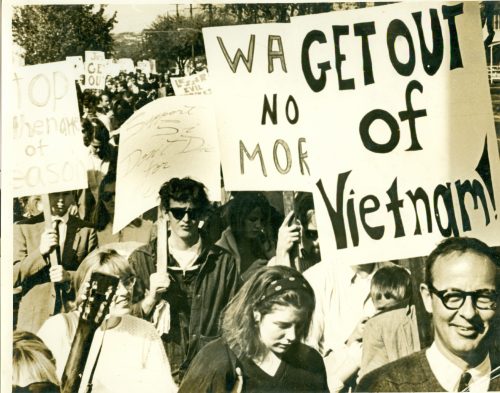
15,000 people participated in a protest in California, USA, demanding the US government end the war in Vietnam, October 15, 1965.
"The Flower Before the Gun" - The Flower Before the Gun
In 1967, at the age of 17, American girl Jan Rose Kasmir probably could not have imagined that she would be the main character of one of the most impressive anti-war photos of the 20th century, taken by French photographer Marc Riboud.
Jan Rose Kasmir’s story is also quite special. At the age of 17, the young girl joined the protest movement against the Vietnam War, because in her mind at that time, that war was completely unjust and the United States should not intervene in the situation in Vietnam at that time. One day in October 1967, Jan Rose Kasmir was present in the protest group in front of the Pentagon.
According to Jan Rose Kasmir's recollection, when the protesters including her approached the Pentagon, the national army was forming a line, preventing the protesters from going further. Some people were holding flowers, Jan Rose Kasmir grabbed one, holding the flower and approaching the people holding guns.
Later, Jan Rose Kasmir said she did not know who took the picture. It was only later when her father bought a magazine and saw his daughter's picture printed in it that she learned about the picture and could not have imagined that the picture with the evocative name "La Jeune Fille a la Fleur - the girl and the flower" would become so famous.
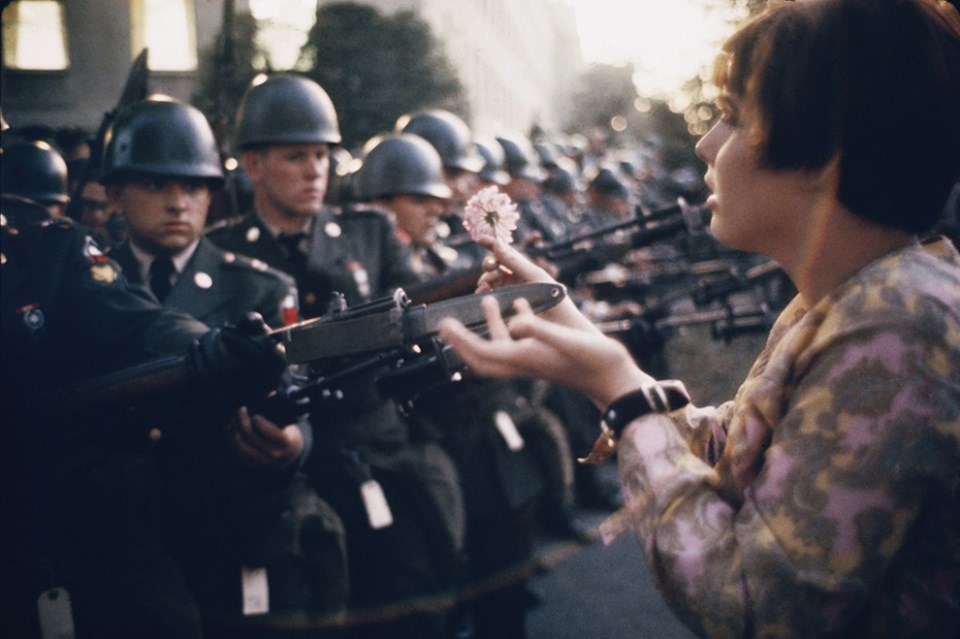
Jan Rose Kasmir in the famous photo “La Jeune Fille a la Fleur”.
Interestingly, the symbolic act of “holding a flower in front of a gun” was not only done by Jan Rose Kasmir. According to Bill Zimmerman, one of the participants in the protest against the Vietnam War in front of the Pentagon in 1967, he once witnessed a young man in a sweater holding a bouquet of flowers.
“Suddenly, this hero put the flower in the barrel of the rifle that was aimed at his head and everyone on both sides dropped their weapons,” Mr. Zimmerman recalled. The moment of placing the flower in the barrel of the gun was recorded and spread in the media, but no one knew the name of the young man that day.
Actions like those of Jan Rose Kasmir or that mysterious guy are simple, symbolic but the meaning they bring is so great. Perhaps when doing those actions, people like Jan Rose Kasmir or that guy do not care about being famous, for them, at that time, it is simply an action to express their hatred for guns and war. The muzzle of a gun with a flower - that contrast makes people love and appreciate peace more.
Leaflets were dropped by plane to protest the war.
The person who did that “unheard of” thing was Susan Schnall – an American nurse. During her visit to Vietnam in 2006 and receiving the “medal for peace and friendship among nations” awarded by the Vietnam Union of Friendship Organizations, Ms. Susan Schnall recounted that, back then, in 1967, she was in the US Navy, working as a nurse in California, treating wounded soldiers returning from the Vietnam battlefield. Every day, taking care of the wounded soldiers and listening to their stories, the young American nurse gradually realized that what was happening on the battlefield in South Vietnam was very different from what the US Government was trying to convince the American people. The stories of the American soldiers, such as how they killed people, made Susan Schnall hate war and feel that she had to do something.
“I knew that American B52s dropped leaflets calling for Vietnamese soldiers to desert. So I wanted to use a similar method, using planes to express my views on American soil. A friend of mine was a pilot, so I borrowed his plane,” Susan Schnall recounted the reason for her “unique” action.
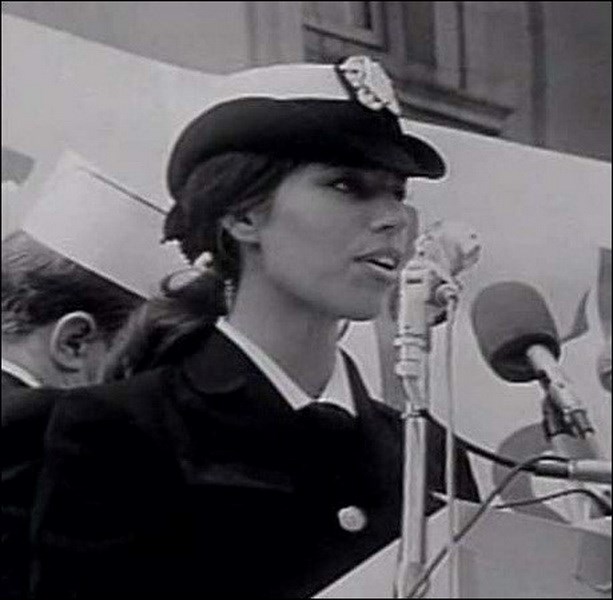
Navy Nurse Susan Schanall speaks at the March for Peace in San Francisco Bay on October 12, 1968. (Source: baotangchungtichchientranh.vn)
“On October 12, 1968, we loaded the plane with leaflets about the peace parade of soldiers and veterans in San Francisco, which would take place two days later. From a height of several hundred meters, we began to open the plane’s doors to drop leaflets at military bases in the San Francisco Bay Area, the aircraft carrier USS Enterprise, and the Oak Knoll Naval Hospital, where I worked. Then we held a press conference to let the American people know that there were American soldiers protesting the US war in Vietnam. At the peace rally, Susan always wore a nurse’s uniform and shouted the slogan “Bring home our living sons” - Susan Schnall recalled.
In February 1969, for her actions, Susan Schnall was sentenced by court martial to 6 months in prison and dismissed from the army.
Interestingly, this anti-war woman later became the President of the New York Veterans for Peace. Every May 25, veterans in New York hold a meeting in Battery Park to recall the painful memories of those who went through the war and remind Americans who are fortunate enough to live in peace of the high price of war.
Previously, Susan Schnall worked for the Indochina Medical Relief Fund, an organization that provided relief supplies and medical supplies to victims of the American war in Indochina and to several Vietnamese hospitals. In 1972, she persuaded the organization to donate and transfer $3,000 to the Provisional Revolutionary Government of the Republic of South Vietnam.
She worked with the Vietnam Agent Orange Relief and Responsibility Campaign and the Veterans of America to travel to many places in Vietnam, interviewing people exposed to Agent Orange and supporting efforts to clean up Agent Orange in Vietnam. “The war, and then the anti-war movement, changed my life,” Susan Schnall said.
Nguyen Thu
Source


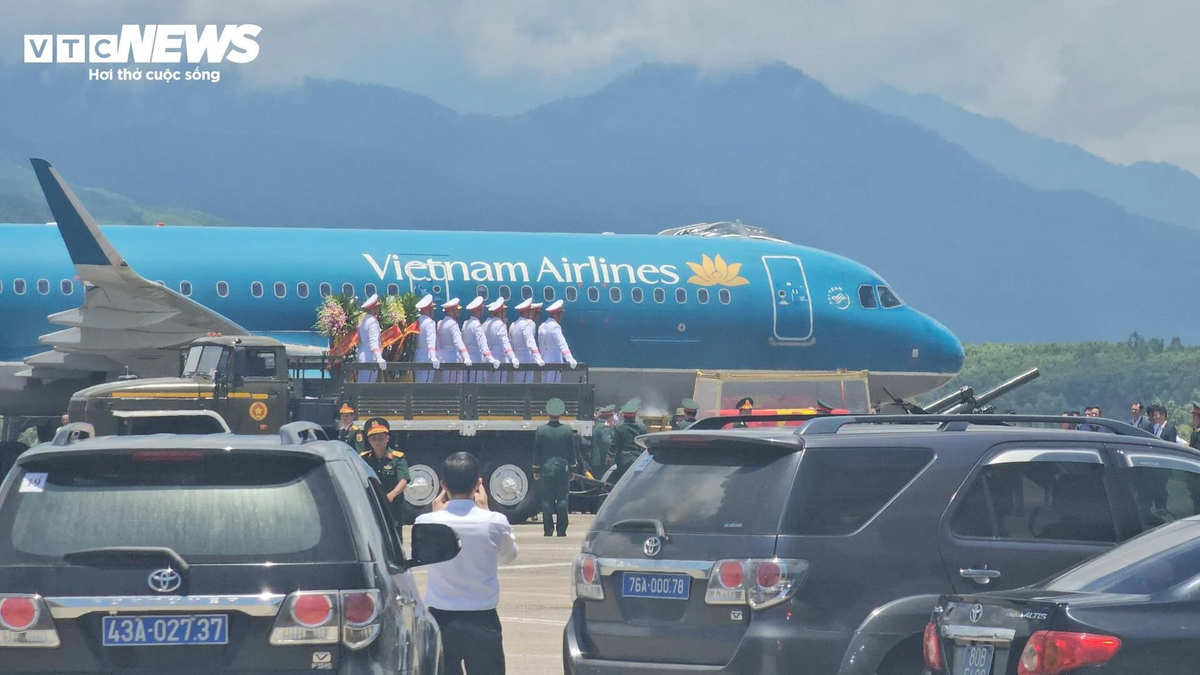
![[Photo] Festival of accompanying young workers in 2025](https://vphoto.vietnam.vn/thumb/1200x675/vietnam/resource/IMAGE/2025/5/25/7bae0f5204ca48ae833ab14d7290dbc3)

![[Photo] President Luong Cuong receives Lao Vice President Pany Yathotou](https://vphoto.vietnam.vn/thumb/1200x675/vietnam/resource/IMAGE/2025/5/25/958c0c66375f48269e277c8e1e7f1545)
![[Photo] The coffin of former President Tran Duc Luong arrives in Quang Ngai](https://vphoto.vietnam.vn/thumb/1200x675/vietnam/resource/IMAGE/2025/5/25/1f1aca0d92ab47deae07934e749b35e6)
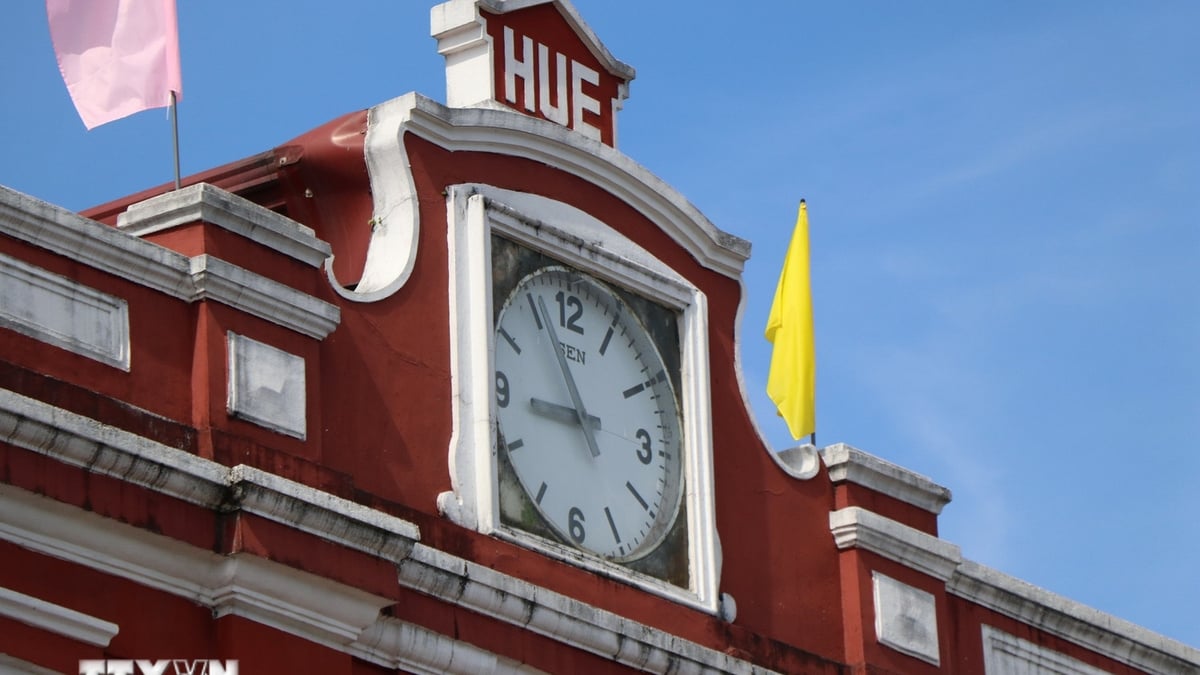




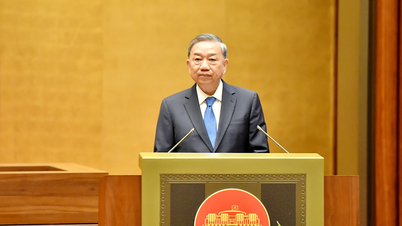

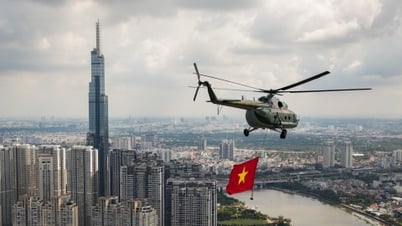

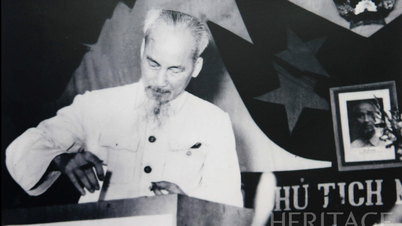
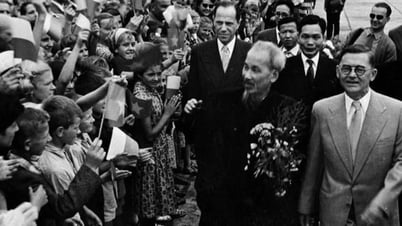




















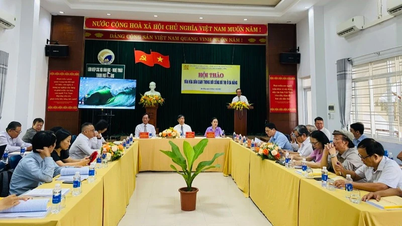









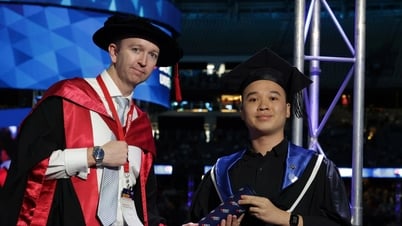










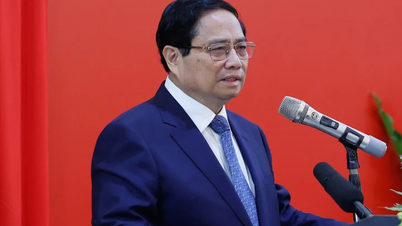

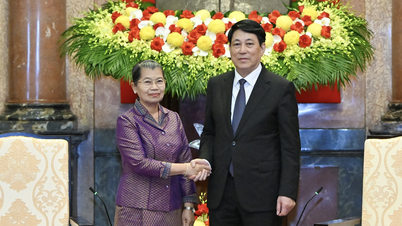

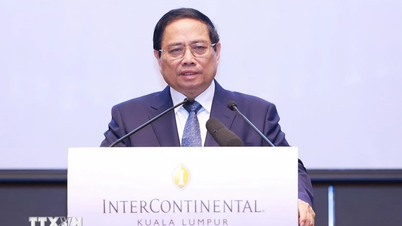









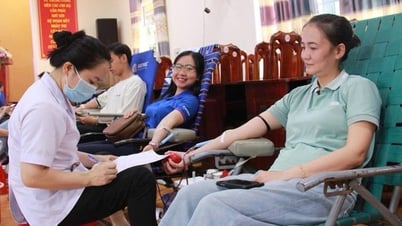




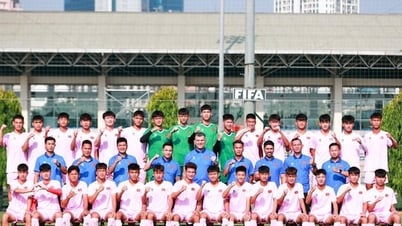







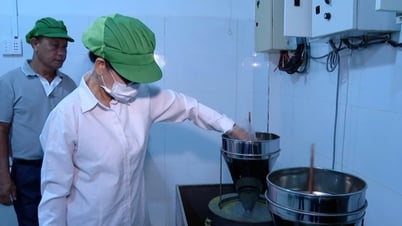




Comment (0)